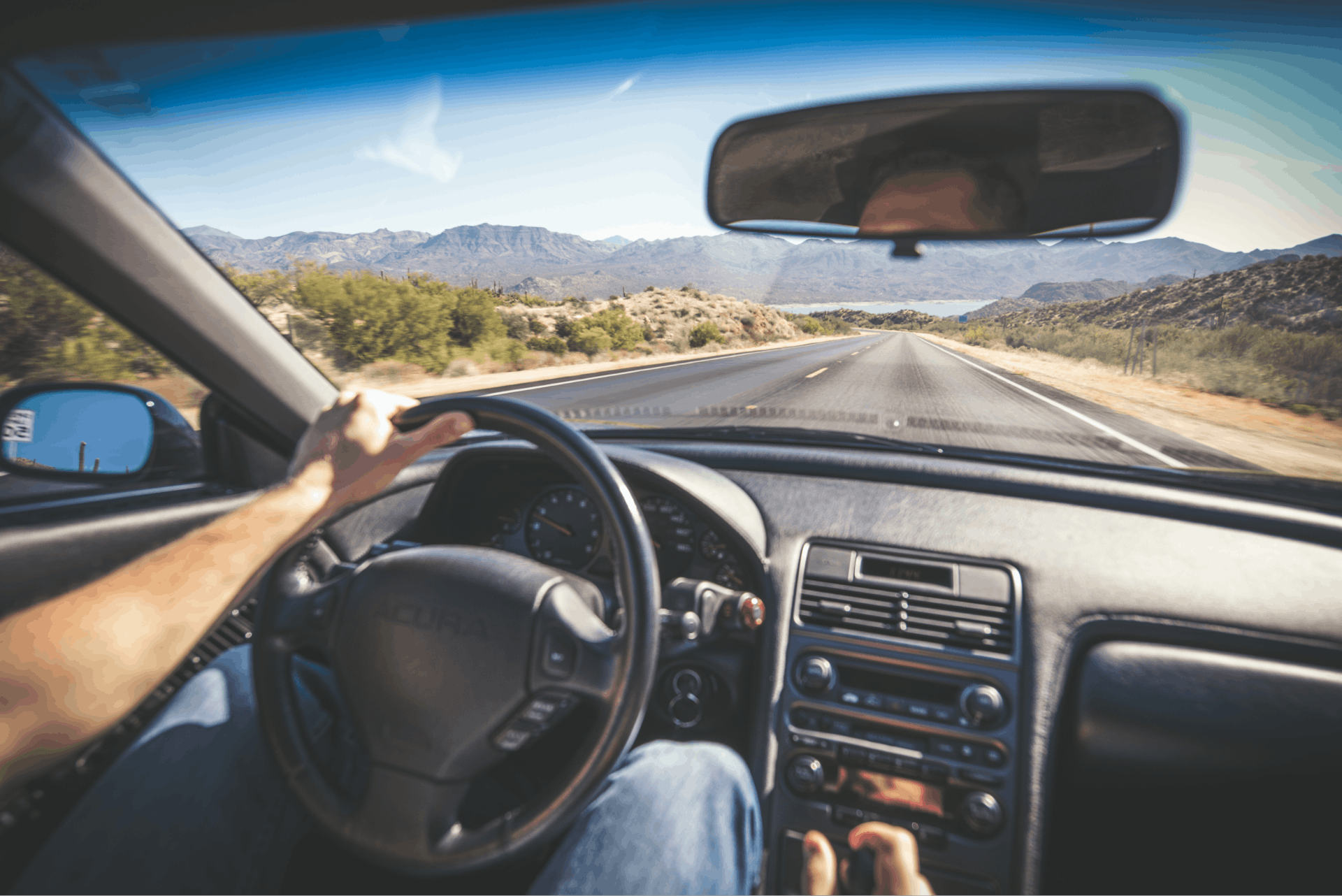All prices shown here are based on various data sources, as detailed in About Our Prices. The Hagerty Price Guide is for informational purposes only and is not intended as financial advice. More information on how forecast models are calculated can be found on Forecasted Values page. For additional information and a complete description of benefits, visit hagerty.com/legal. Purchase of insurance not required for membership in HDC. Hagerty, Hagerty Valuation Tools & Hagerty Drivers Club are registered trademarks of The Hagerty Group LLC, ©2025 The Hagerty Group, LLC. All Rights Reserved. The Hagerty Group, LLC is a wholly owned subsidiary of Hagerty, Inc.
1986 Cagiva Alazzurra 650 SS
Sport
2-cyl. 649cc/55hp
#1 Concours condition#1 Concours
#2 Excellent condition#2 Excellent
#3 Good condition#3 Good
$4,200*
+5%
#4 Fair condition#4 Fair
Jun 2024
Let us watch the market for you
We update the Hagerty Price Guide each quarter. Sign up for alerts and we'll notify you about value changes for the cars you love.
1985-1987 Cagiva Alazzurra stats
Highest sale
$4,150
Lowest sale
$2,750
Most recent sale
$2,750
Sales
2
Insurance
Protect your 1986 Cagiva Alazzurra from the unexpected.
Better coverage built for classics at a price you can afford. Online quotes are fast and easy
Model overview
Model description
When the Castiglione brothers took over Ducati in 1980s, they had a history of successful metalworking, and an urge to save struggling motorcycle brands. By the 1990s they had rescued Ducati, Husquvarna, Moto Morini and MV Agusta. Naturally the brands needed saving for a reason, so the energetic brothers always had to come up with new models fast.
For Ducati, they took Taglioni’s revolutionary Kevlar belt-drive desmodromic V-twin engine from the moribund 500SL and 600 SL Pantah models, and created their own Cagiva Alazzura (which means “blue wing”, though the bikes were red). The bikes were a cross between Italian and Japanese styling and they carried the name Cagiva, (which nobody could pronounce without a hard “g”), instead of the more marketable Ducati tag.
In an effort to make the Alazzurra more user-friendly than the long-stretch Pantah, the Castigliones modified the layout, keeping the excellent trellis frame but using it as the basis for a mild sports-tourer. The bars were high, the half-fairing decorative, and actually prone to break the support bracket due to the front overhang.
In search of a gentler non-Ducati ride, the Marzocchi forks were over-sprung and under-damped, while the gold 18-inch Oscam wheels were handsome but heavy. Triple Brembo disc brakes were fitted, but incapable of locking either wheel due to hydraulic miscalculations. The dual seat looked great, but was hard.
The red and white paint job was handsome, and fitting Conti aftermarket pipes left no doubt that the heart of the machine was a Ducati V-twin with an impressive 10,000 rpm redline. The price was a reasonable $3,350 in 1985, but the dealership network was skeletal, and parts supply casual. It was possible to fit lowers to the half-fairing – thereby solving the support bracket issue – but difficult to find panels unbroken in transit.
The Bosch ignition was a solid improvement, but the four wires that controlled the ignition were inside the left engine cover, leading to control boxes under the fuel tank. They were immersed in hot oil and the stock insulation broke down, causing misfires. The fix is simple, but the problem was frustrating.
Once again, the engine is the key. It was the basis of all future Ducati motors and was still in use as late as the 620 Monster. With some upgrades, maintenance is pretty simple, just keep track of valve settings and change the belts regularly. The best Alazzurra to buy is the 1986-87 black and white 650 SS version, with full fairing and improved dry clutch .The SS also has larger Brembo F08 brake calipers, and a wider back wheel for a larger 130 section rear tire.
The Alazzurra is the cheapest way to get into just about any Ducati and prices have remained modest. Repairs are relatively easy, parts are cheap and anybody who hears you take off with Conti pipes will know this really is a Ducati.
Find more values
Search for prices of other cars, trucks, vans and motorcycles
Common Questions
The value of a 1986 Cagiva Alazzurra 650 SS can vary greatly depending on its condition, mileage, options, and history. Typically, you can expect to pay around $4,200 for a 1986 Cagiva Alazzurra 650 SS in good condition with average spec.
Many factors can increase a car's value including excellent condition, exceptional originality, a recent restoration, low mileage, unique provenance, desirable options, popular or unique color choices, and excellent maintenance records. Upgrades and modifications that enhance performance or aesthetics can also add value.
Factors that can decrease a car's value include unusually high mileage, poor maintenance history, visible wear and tear, accidents or damage, title issues, and gaps in ownership history. Additionally, less popular color choices and extensive modifications that don't appeal to a broad audience can reduce value.
Mileage plays a significant role in a classic car’s value. Lower mileage usually increases value because it indicates a higher degree of originality, is rarer, and suggests less wear and tear. However, cars with exceptionally low mileage may also have maintenance needs due to lack of use. Whether someone should pay more for a vehicle with lower miles will depend on how they plan on using it, and the vehicle's specific condition.
The value of modified cars differs widely based on the type and quality of modifications. While some modifications can significantly increase value, especially performance enhancements and high-quality custom work, others may not add much or could even detract from the car’s value if they appeal to only a limited audience.

